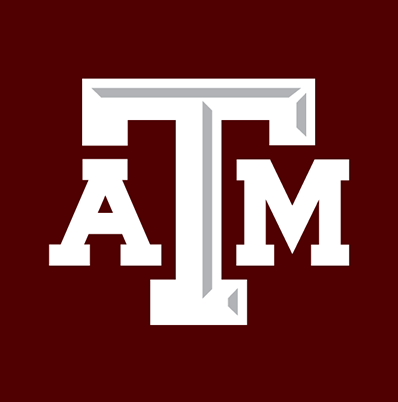Do you think the assessment of student learning is a daunting task that requires lots of time, resources, and background in data analytics? Fortunately for many student affairs professionals, assessment can actually be “easy.” Granted, you still need to identify your purpose, audience, timeframe, and use of results, but you don’t need a Ph.D. in statistics.
Let’s say you are facilitating a one-hour presentation, attending a meeting with a student organization you advise, or training new student employees. There is a time frame, as well as some outcome that you want your participants to walk away with (knowledge, understanding, action, etc.). There are a couple of quick assessment techniques you can use to know whether participants have picked up what you wanted them to know or do.
Angelo and Cross (1993) and Barkley and Howell Major (2016) promote One-Minute Papers, Muddiest Points, and Quick Writes as a way together data. Basically, at the end of the presentation/training/meeting, you could take 1-2 minutes for students to answer one question (maybe two if you really need it) on an index card or anonymous electronic option. Question examples include:
• What is the most important piece of learning you got from this experience?
• How will you apply what you learned today?
• What action will you take before we meet next?
• What is still unclear after the experience?
After 1-2 minutes, you collect the responses. You can review them immediately, which will help you know if there needs to be any clarification or additional information provided. It doesn’t take a lot of time and can give you quick insight into your work.
I used to use the One-Sentence Summary (Angelo & Cross, 1993) in the class I teach. For this method, participants write one sentence to synthesize an activity or material. Participants have to think about key pieces and develop a concise and clear way to present information. Again, this could be used after a presentation, activity, or other learning opportunities.
I now adapt “What? So What? Now What?” (Rolfe, Freshwater, & Jasper, 2001) when I teach class to get students thinking not just about the content, but why it’s important, and how they will apply it. Although my assignment is based on a reading assignment, I think you could adapt it to other learning activities. Basically, students choose one concept that spoke to them in the assigned chapter, how that is important (as a student affairs professional) and how they will apply that (in their current assistantship or in their future career path). It may take more than a couple of minutes for students to write, but it really is a launching point for class discussion and clarification. Students also see the connection with other concepts in other classes and their assistantships.
I hope these examples have given you ideas about assessing student learning in the moment. It does not always have to take a lot of time, students get to practice reflection and communication, and you may get some really valuable information.
Angelo, T., & Cross, K. (1993). Classroom assessment techniques: A handbook for college teachers (2nd ed.). Jossey-Bass.
Barkley, E. F., & Howell Major, C. (2016). Learning assessment techniques: A handbook for college faculty. Jossey-Bass.
Rolfe, G., Freshwater, D., & Jasper, M. (2001). Critical reflection in nursing and the helping professions: a user’s guide. Palgrave Macmillan.

